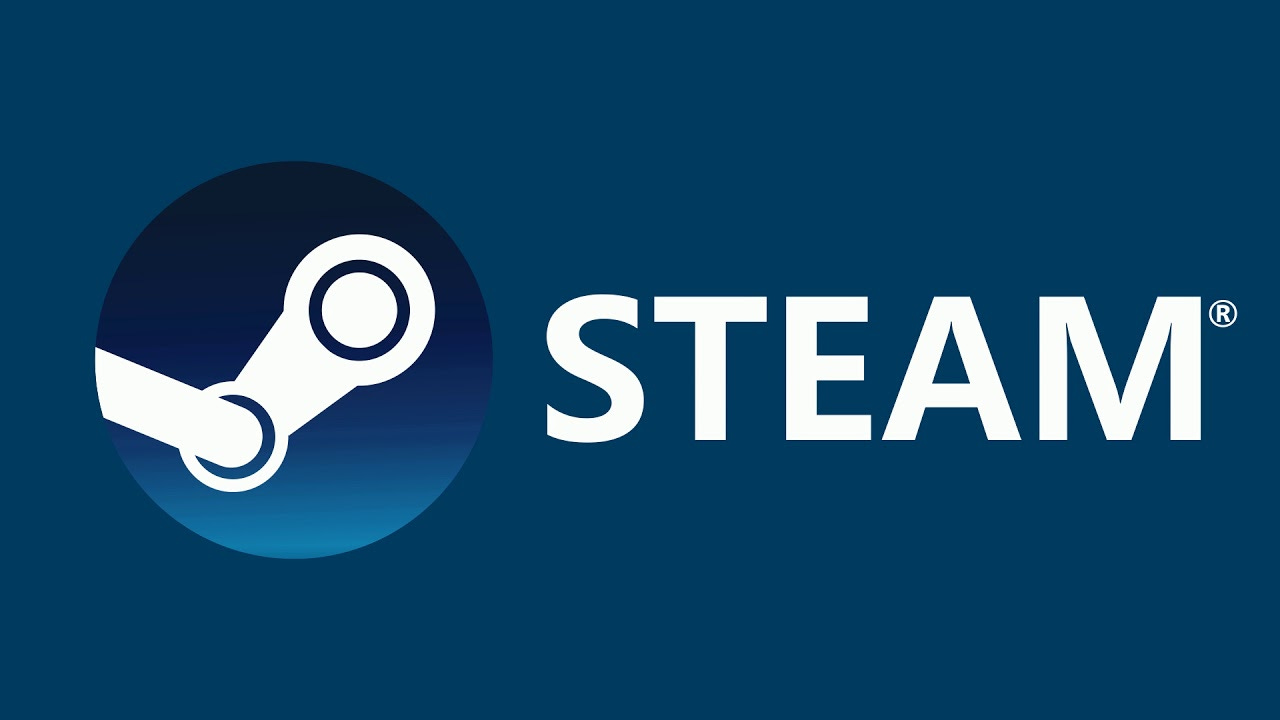The digital distribution platform that has become synonymous with PC gaming, is a story of a small idea that grew into a phenomenon. In 2003, Gabe Newell and his team at Valve Software launched the first version of Steam. At the time, it was little more than an internal tool that helped the company manage the flood of game submissions coming in through its customer service channel. Today, it's one of the largest digital distribution platforms in the world, boasting more than 140 million users across more than 50,000 titles.

The story of Steam is a story of how a small idea was able to grow into a worldwide phenomenon. Fleeting moments of gaming discovery, shared experiences, and community building all play a role in the platform's success. But today, the platform is responsible for billions of dollars in revenue and has become an integral part of the gaming ecosystem. It is responsible for creating some of the most beloved video games in history, such as Civilization and Portal, and has enabled the emergence of a new class of industry titans, such as Bethesda and Activision. The platform has shaped the way we play games, buy games, and communicate with developers. It has become an industry standard, and Newell is one of the richest men in the industry. It all started with a small idea. My favorite games have always been those that let me explore a new place, meet new people, and discover new secrets.
The first version of Steam was little more than a glorified chatroom, with rudimentary features like rudimentary game distribution, messaging, and chat. Over the years, the platform evolved into something much bigger. It became a place where gamers could discover and enjoy new content, build communities around their favorite titles, and even connect with developers in ways that previously weren't possible. Steam is now one of the most popular digital distribution platforms in the world, and its influence can be felt in everything from the way we buy games to the way we play them. The road to success wasn't always easy, however.
Valve had to overcome a great deal of hurdles to get Steam to where it is today. The early days of the platform were a time of uncertainty for both gamers and developers, who were unsure about the new platform and its ability to provide a better experience than the traditional brick-and-mortar retail model. It was a challenge to convince players to give up their physical discs and boxes in exchange for digital content.
The meteoric rise of Steam has been the stuff of gaming legend, and for good reason. It was the platform that allowed gamers to discover and experience games in ways never before possible. It was the gateway to a world of unlimited content, advanced technology, and a sense of community that was impossible to find anywhere else. It was the promise of a better experience, and it delivered on that promise in spades.
One of the biggest video game companies in the world, Valve is known for creating some of the most critically acclaimed games of all time, such as Half-Life, Counter Strike, Dota 2 and Portal. The company is also known for being one of the first major developers to embrace digital distribution and online multiplayer, which have come to define the modern games industry. Over the course of its 27-year history, Valve has gone from a small team making tools to help manage the overflow of game submissions to a major player in the industry. The company has been at the forefront of some of the biggest video game trends, like the launch of the first-person genre with Half-Life and the evolution of the MOBA genre with Dota 2.

Steam recently launched it’s portable gaming device called the Steam Deck API, which allows gamers to play all their beloved games available through steam on the move on a handheld dedicated platform. The user interface is a modified version of the Steam desktop app you're used to. Navigation is fairly simple, although a bit clunky. The new version of SteamOS, Valve's Linux-based operating system, will be able to seamlessly play games that were built for Windows thanks to a compatibility tool called Proton. The system can suspend and resume games, too, and supports some fancy new AMD graphics features, like FidelityFX Super Resolution upscaling.
Steam is also a great platform that gives indie game devs the exposure and chance to release their own games via their programme called “Steamworks”. Steamworks offers a whole suite of tools required for indie devs to publish, distribute, market and community build for their very own titles. This sort of an environment is hardly offered by any other digital game distribution platform. As of late Steamworks also supports VR titles and provides all nessecary toolkits for india devs to implement the same if they wish to.





